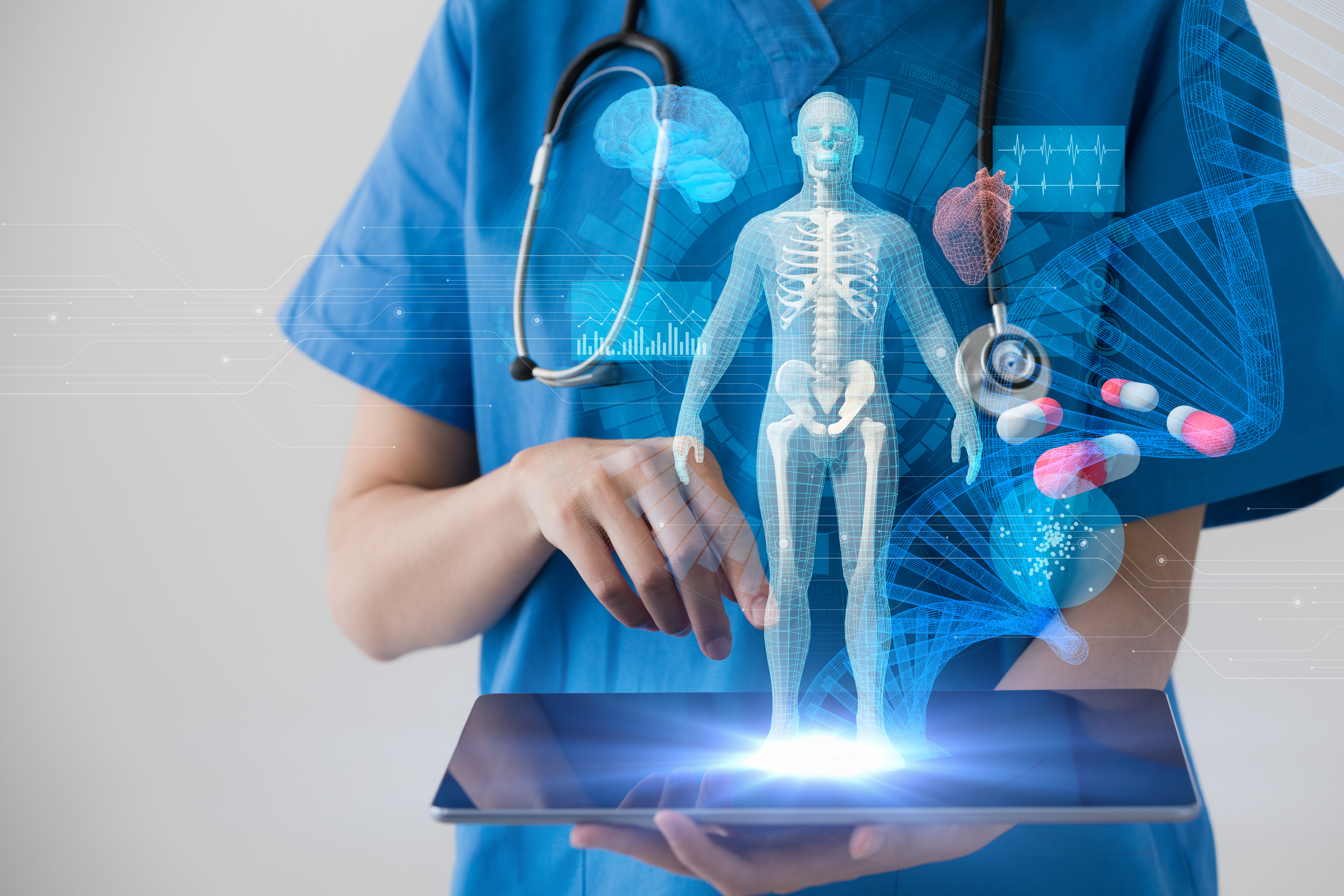Global Bio-imaging: Revolutionizing Disease Diagnosis and Biological Research
Author : Nishant Sherkhane | Published On : 24 Apr 2024

Bio-imaging refers to the use of various imaging technologies to visualize biological processes at the molecular, cellular and whole-body levels. Over the past few decades, the field of bio-imaging has seen tremendous advances with the development of highly sophisticated imaging modalities. These technologies are now playing a pivotal role in revolutionizing medical diagnosis and research across diverse fields of biology and medicine. This article aims to provide an overview of the current state and future prospects of global bio-imaging.
Advances in Imaging Technologies
Major technological advances have led to the development of highly advanced Global Bio-imaging modalities in recent years. Some of the key advances include:
- Magnetic Resonance Imaging (MRI): MRI provides detailed anatomical images with excellent soft tissue contrast. Newer techniques like functional MRI (fMRI) and molecular MRI have enhanced its applications in neuroscience and disease detection.
- Computed Tomography (CT): CT scanning offers high-resolution 3D anatomical images. Recent upgrades like dual-energy CT and cone-beam CT have improved image quality and reduced radiation exposure.
- Optical Imaging: Technologies like fluorescence microscopy, confocal microscopy and two-photon microscopy allow real-time optical imaging at cellular and subcellular levels with high resolution.
- Photoacoustic Imaging: This hybrid imaging modality combines optical absorption with ultrasonic detection to provide high optical contrast at depths of several centimeters with fine resolution.
- Positron Emission Tomography (PET): PET molecular imaging together with CT provides in vivo visualization of biochemical processes through radioisotope tracers. Newer hybrid PET-MRI systems offer complementary anatomical and functional data.
Widespread Clinical and Research Applications
Advanced bio-imaging is fueling rapid progress in clinical diagnosis and biological/biomedical research. Some key applications include:
Clinical Diagnostics
- Cancer detection and staging: Imaging plays a vital role in accurate cancer diagnosis, therapy monitoring and evaluation of treatment response.
- Neurological disorders: Techniques like MRI and fMRI are crucial for understanding brain structure/function in conditions like Alzheimer's, Parkinson's and epilepsy.
- Cardiovascular diseases: Technologies like CT, MRI, PET and ultrasound are integral to diagnosis and management of heart disease, stroke and related conditions.
Biological and Preclinical Research
- Drug development: Imaging enables non-invasive evaluation of drug pharmacokinetics, biodistribution and efficacy in animal models.
- Cell tracking: Fluorescent and bioluminescent imaging allow real-time monitoring of stem cells, immune cells and tumor cells in living subjects.
- Developmental biology: Optical techniques reveal dynamic processes during embryogenesis, regeneration and tissue engineering at high spatiotemporal resolution.
Global Market and Investments
- Dominance of MRI and ultrasound systems due to widespread clinical use and improving functionality.
- Rising popularity of multimodality systems integrating techniques like PET-CT, PET-MRI for enhanced diagnostics.
- Asia Pacific emerging as a lucrative region, with rising healthcare expenditures and increasing use of imaging in China, India and other nations.
- Significant industry investments in 3D/4D imaging, nanoparticle/contrast agent development, artificial intelligence and theranostics.
- Increased research funding by governments and private bodies to support the development of new modalities and applications.
The COVID-19 pandemic has also stimulated investments as bio-imaging aids diagnosis and virtual clinical trials. The future looks promising with other anticipated advances like molecular microscopy at cellular resolution, tailored imaging agents and theranostic platforms.
Global bio-imaging has experienced unprecedented growth fueled by technological innovations. Advanced imaging modalities now permeate all areas of biomedicine, fundamentally transforming disease diagnosis and biological research. As new tools continue to emerge, bio-imaging will play an increasingly vital role in healthcare delivery and scientific discovery worldwide in the coming decades. The full potential of this dynamic field is yet to be realized.
Get more insights on Global Bio-imaging
